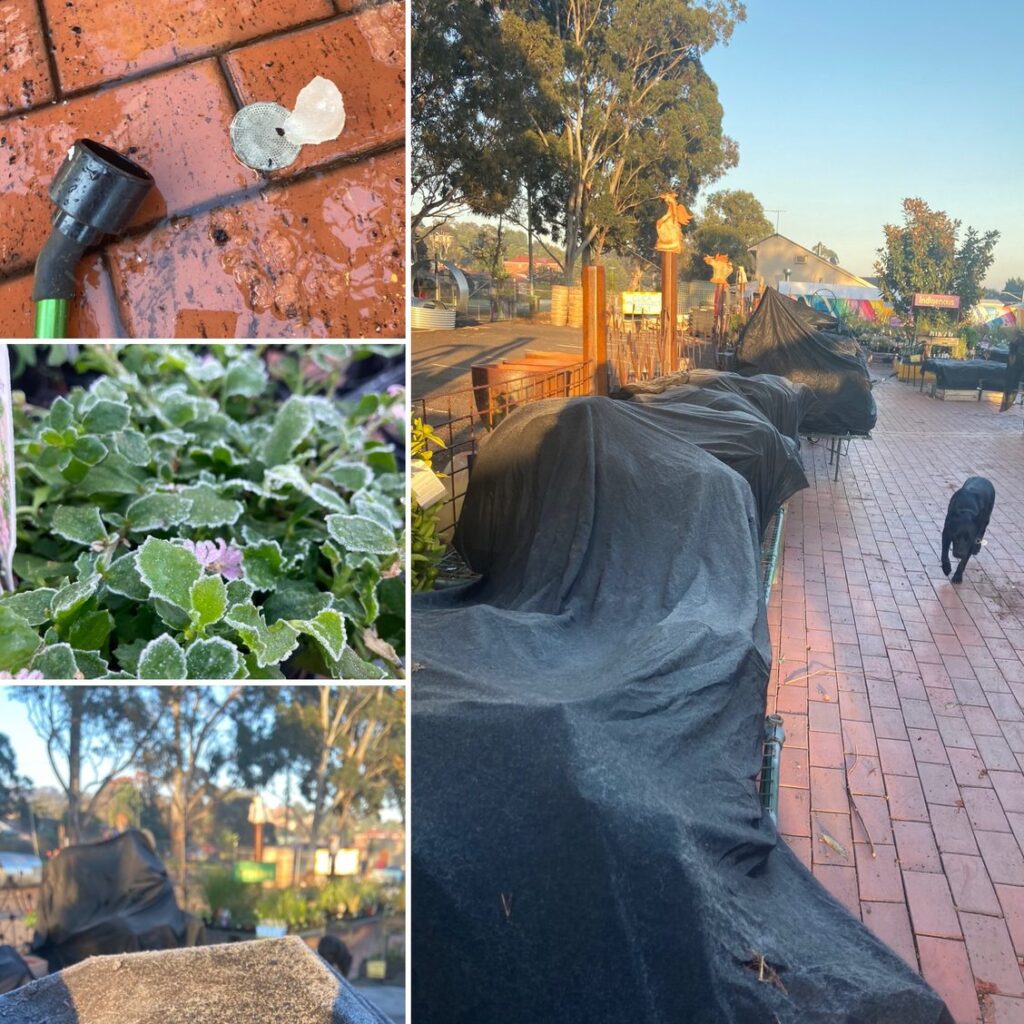The weather is getting colder and the days shorter. Winter is fast approaching; a cup of tea, a bowl of soup, a bubble bath and an open fire are all looking increasingly appealing!
What does this mean for your plants?
- If you’ve moved any ‘indoor’ plants out to enjoy a warm vacation, it’s time to bring them in. Changing environmental conditions combined with growth (likely) slowing right down, so keep an eye on your watering. Most plants will need less frequent watering during cooler weather and shorter days; this will help prevent root rot.
- You may also need to think about moving around some of your potted tropical or frost sensitive plants, especially any new babies heading into their first winter. Curry tree, ginger/tumeric (which may go dormant) and avocados will all appreciate some consideration to their position.
Also, some plants that are frost hardy once established can be more tender while young (eucalypts are a prime example). - Start keeping an eye on the weather forecast, particularly the overnight minimum temperature. It is often the unexpected early and/or late frosts that do the most damage because they catch us unprepared.
- Get the frost covers ready – Geotextile fabric, shade cloth, or an old sheet will work… Tuck those babies in on those cold nights.
- We are NOT complaining about the rain! Now that we have some, keep an eye out for puddles and areas that stay wet; it can help give you an idea of any areas with drainage problems.
Also, keep in mind that if we don’t get the rain we want or expect you may still need to do some watering.
The work is NOT done!
Jobs to do leading into Winter:
- You still need to MULCH (I feel like I say this over and over): Although mulch doesn’t necessarily keep the soil warmer, it does help maintain consistent temperatures around the roots.
- Get on top of the weeds – they’ve probably had a growth spurt through the growing season. If you lay your mulch AFTER weeding, you can help suppress new growth and limit the success of seed spread and germination. This will give you a head start come spring.
- Tidy up pick up any fallen fruit to prevent fruit fly.
- It’s not too late to plant winter crops including leafy greens, broccoli, broad beans, garlic, onions, root veg and peas; potatoes are yet to arrive. Coriander loves the cooler weather! Alternatively, sow some legumes or pretty sweet pea flowers as a green manure crop to help improve nitrogen in you soil.
- Adding organic material now will replenish nutrients that have been depleted by heavy-feeding summer crops. Because most winter crops are low/medium-feeders, it will also give you a head start when preparing for spring plantings.
- Prepare for fruit trees.
If you have plans to plant fruit trees this winter, NOW is the time to improve the soil with compost and manure. By adding organic material early, you allow it to settle through the soil and prevent root burn that can occur if they are added right before planting and are too concentrated for the new trees.
Then… cosy up and ENJOY!


